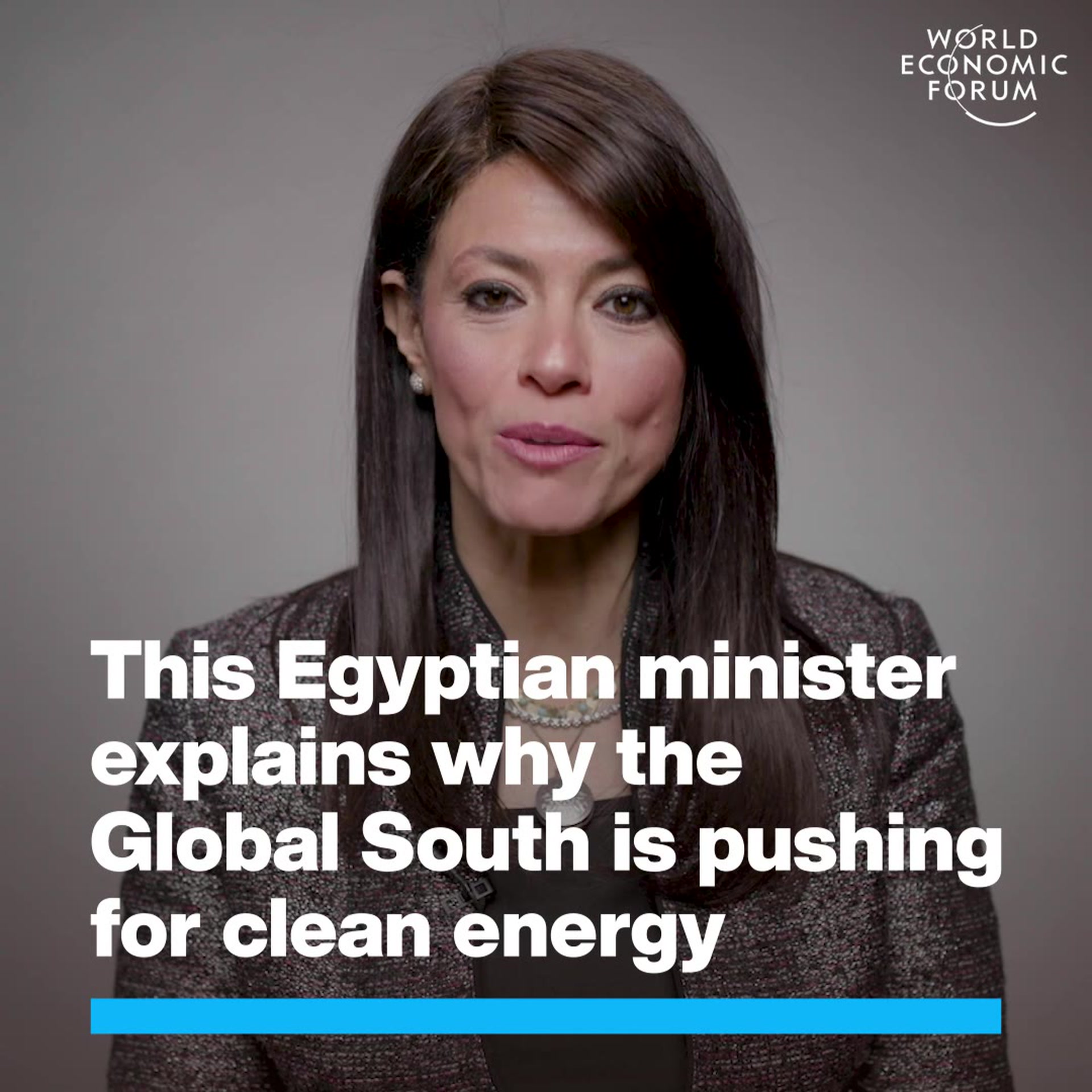Can we put a value on the benefits of climate action?


Get involved with our crowdsourced digital platform to deliver impact at scale
Stay up to date:
Climate Crisis
Since the 1990s, scientists and policymakers have proposed limiting Earth’s average global surface temperature to 2 degrees Celsius above pre-industrial levels, thereby averting the most serious effects of global warming, such as severe droughts and coastal flooding. But until recently, they lacked a comprehensive estimate of the likely social and economic benefits — from lives saved to economies preserved — that would result from greenhouse gas emissions reduction policies designed to achieve the 2-degree goal.
Now, a team of researchers from the MIT Joint Program on the Science and Policy of Global Change has published a study in Climatic Change that provides scenarios that climate scientists can use to estimate such benefits. The study projects greenhouse gas emissions levels and changes in precipitation, ocean acidity, sea level rise and other climate impacts throughout the 21st century resulting from different global greenhouse gas (GHG) mitigation scenarios. The scenarios include a business-as-usual future and one aimed at achieving significant GHG emission reductions limiting global warming since pre-industrial times to 2 C. Research groups convened by the U.S. Environmental Protection Agency have already begun using the MIT projections to evaluate the benefits of a 2 C emissions reduction scenario for agriculture, water, health, and other global concerns.
“The U.S. EPA used our scenarios for a report on the benefits of global climate action, which, to my knowledge, is the most comprehensive analysis to date to quantify the economic, health, and environmental benefits for the United States from greenhouse gas emission mitigation,” says Sergey Paltsev, co-author of the Climatic Change study and a senior research scientist and deputy director at the MIT Joint Program. “We have much more experience defining the cost of mitigation than the benefits. The goal of this project was to put a dollar value on damages from climate change in a number of sectors.”
Putting a dollar value on the benefits of climate action
Using its Integrated Global System Model (IGSM) — which tracks climate, socioeconomic, and technological change over time — to produce its greenhouse gas emissions and climate change projections, the MIT team ran global policy scenarios through simulations designed to capture a range of uncertainty in the climate’s response to changes in average global temperature.
According to the team’s estimates, with no policy implemented between now and 2100, increases in global temperature will range from 3.5 to 8 degrees C, precipitation from 0.3 to 0.6 millimeters per day and sea level from 40 to 80 centimeters. Ocean acidity will also rise, threatening marine life and commercial fisheries.
Global GHG emissions reduction policies, which lower greenhouse gas concentrations, would reduce these climate impacts considerably.
Based on the MIT projections, the EPA report, “Climate Change in the United States: Benefits of Global Action,” shows that a 2 C stabilization would save thousands of lives threatened by extreme heat and billions of dollars in infrastructure expenses, while preventing destruction of natural resources and ecosystems. Prepared as part of the ongoing Climate Change Impacts and Risk Analysis (CIRA) project, an EPA-led collaborative modeling effort among teams in the federal government, MIT, the Pacific Northwest National Laboratory, the National Renewable Energy Laboratory and several consulting firms, the report estimates how climate change would impact 20 sectors in health, infrastructure, electricity, water resources, ecosystems and agriculture and forestry. In more than 35 studies, the EPA-funded researchers pinpointed a large number of climate impacts that could be averted, or at least reduced, by a 2 C stabilization, from lost wages due to extreme temperatures, to damage to bridges from heavy river flows.
By enabling scientists to calculate damages incurred under different global mitigation scenarios on each impact sector, the IGSM-based projections are empowering them to put a dollar value on the benefits of more aggressive climate action.
A long-term problem
The MIT study found that the intended effects of more stringent climate policy would not be realized until the second half of the century, when they would begin to outweigh the effects of natural climate variability. By the end of the century, however, climate policies would result in significantly lower temperatures, greenhouse gas emissions and climate impacts than the no-policy option.
“Even in aggressive emissions reduction scenarios we don’t see a response in climate and temperature until mid-century, but by 2100 the response is dramatic,” Paltsev says. “It’s hard to achieve global consensus on such policies because the costs must be paid now and the benefits come later.” But this CIRA project, which only captures some of the impacts of climate change, demonstrates that the benefits to the U.S. of global climate action can be substantial, and that they grow over time.
Paltsev cautions that by delaying action until more negative effects of climate change are felt, the world will have fewer options at its disposal to stabilize the global climate.
This research was partially funded by the EPA; the IGSM is supported by a consortium of government, industry, and foundation sponsors of the MIT Joint Program.
This article is published in collaboration with MIT News. Publication does not imply endorsement of views by the World Economic Forum.
To keep up with the Agenda subscribe to our weekly newsletter.
Author: Mark Dwortzan is from the MIT Joint Program on the Science and Policy of Global Change.
Image: Splinters of ice peel off from one of the sides of the Perito Moreno glacier in a process of a unexpected rupture during the southern hemisphere’s winter months, near the city of El Calafate in the Patagonian province of Santa Cruz, southern Argentina, July 7, 2008. REUTERS/Andres Forza
Don't miss any update on this topic
Create a free account and access your personalized content collection with our latest publications and analyses.
License and Republishing
World Economic Forum articles may be republished in accordance with the Creative Commons Attribution-NonCommercial-NoDerivatives 4.0 International Public License, and in accordance with our Terms of Use.
The views expressed in this article are those of the author alone and not the World Economic Forum.
The Agenda Weekly
A weekly update of the most important issues driving the global agenda
You can unsubscribe at any time using the link in our emails. For more details, review our privacy policy.
More on Climate ActionSee all
Neeshad Shafi
May 1, 2024
Johnny Wood
May 1, 2024
Nils Aldag and Christopher Frey
May 1, 2024
Pooja Chhabria and Michelle Meineke
April 28, 2024






